Queering the Media
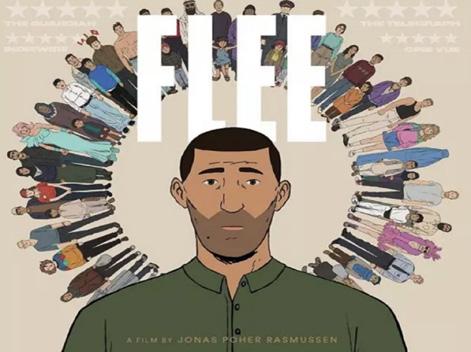
The progress for LGBTQ representation and visibility will only stay constant if there is a push for queering the way movies are being created. Popular LGBTQ shows like Pose and Heartstopper, break problematic stereotypes of the LGBTQ community, but still do not entirely represent the queer community in its nuance and fluidity. These types of shows are often created with the same models of traditional media we have seen before, but with LGBTQ characters. Queering shows means to break the confines of how media is traditionally shown and made, making an impact for the queer community and changing the way we see queer trauma, by highlighting queer intersectional stories.
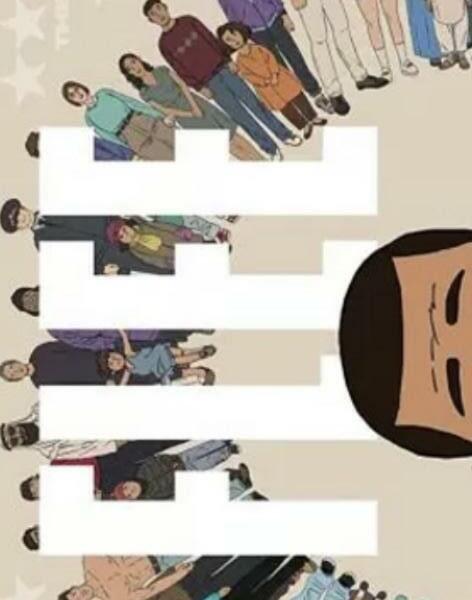
In a reading called Representing Trans: Visibility and its Discontents the author describes examples of how to queer the way stories are told and states, “Violence and trauma are addressed in these shows in a tonality that –via moments of bursting into song and breaking the fourth wall– resists the confines of realism and instead uses TV as an escapist tool that celebrates trans visibility and resilience and offers hope, sometimes against all odds” (Koch-Rein, Yekani & Verlinden, 6). This quote illustrates that if you begin to separate from the hetero-normantive narrative, then you are able to share the trans experience in an authentic way that directly impacts the accuracy of representation.
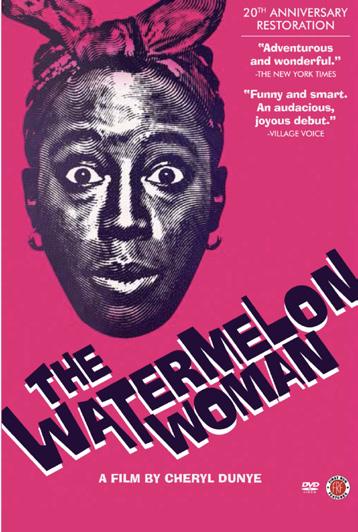
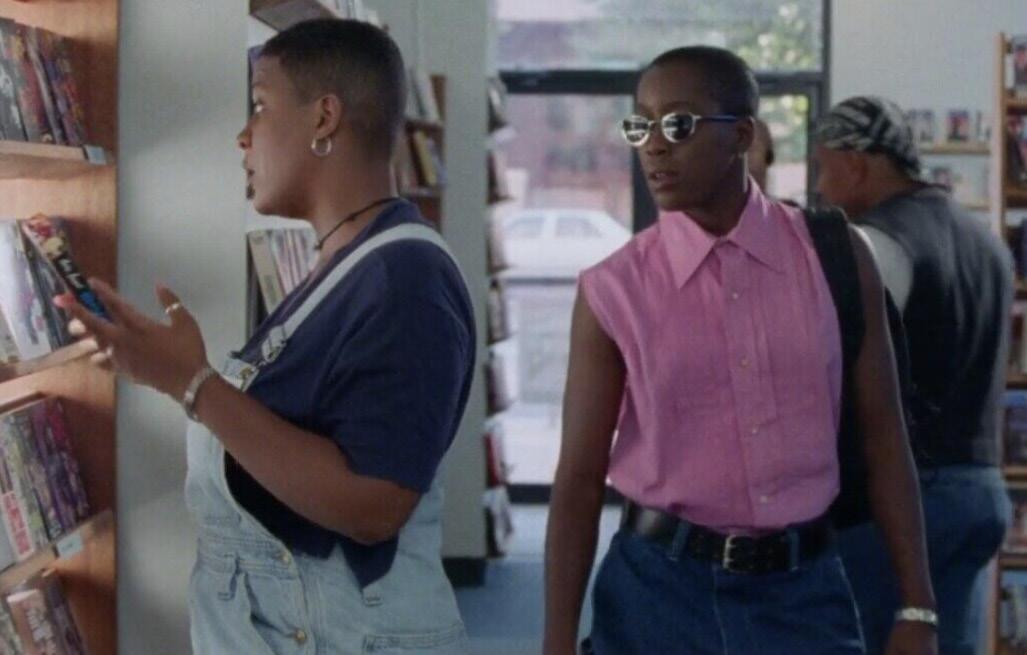
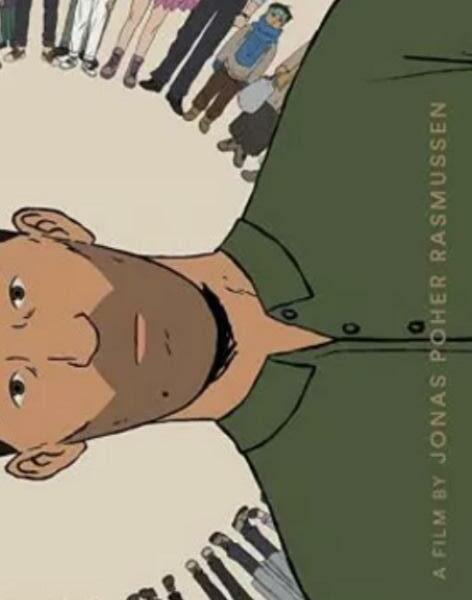
The act of queering the way media is created and viewed, dismantles the heteropatriarchy that enforces and confines the way queerness is perceived. Having queerness exist in a heterosexual system will limit the representation and visibility. We must push LGBTQ representation further and create actual change in the cis-heteropatriachal media indusrty.

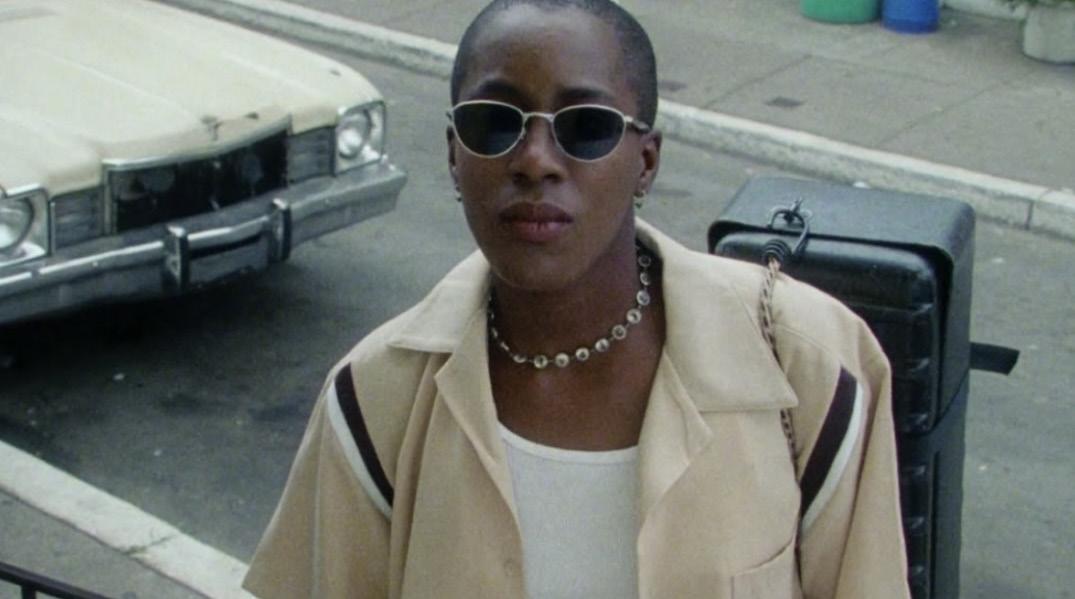
Some great movie examples that have pushed queer representation and visibility further in media are The Watermelon Woman by Cheryl Dunye and Flee by Jonas Poher Rasmussen. The Watermelon Woman has an untraditional approach to filmmaking by mixing fiction and non-fiction in the telling of a powerful coming to age story about a black lesbian woman. The way this film was made emulates the queerness of the director. Not only does Dunye have a diverse representation of lesbians, she makes the film queer by presenting this narrative in a unique way. Flee shares a story of a gay refugee man and his fight for his sexuality and safety. The movie is a documentary, but uses animation to tell the story as a way of protecting the protagonist’s identity. This makes the film different from most queer media and highlights the intersectionality of factors impacting the main character. These types of films demonstrate what queering the media should look like and the impact it will create.

Queering the Medical System
The medical system is a place where many queer people face hardships. This is because of the domination and enforcement of gender and sexuality norms within the medical industry that harm people who are not a part of that binary. This is especially so for transgender individuals or people who want to medically alter their bodies to feel comfortable in their own skin. Due to the medical industries’ promotion of cisheterosexual ideals, people who go against the binaries of society do not receive the same quality of care and face discrimination. The models in place and the systemic structure of the medical industry do not support queer people on their medical journies, even if the doctors assisting them identify with the LGBTQ community themselves. The system is not made for them, thus the need to queer the medical system, especially the process of gender affirming care, is necessary.

In a reading called Resisting Medicine/ Remodeling Gender by Dean Spade, he states, “Medical care remains inaccessible to most-and particularly to low-incomegender transgressive people, medical care associated with sex reassignment is still doled out through gender-regulating processes that reinforce oppressive and sexist gender binaries, and many gender transgressive people will choose not to or be unable to access medical care associated with their gender identity” (Spade, 18). This quote describes the medical experience that gender transgressive people face when trying to go through a medical transition that will confirm their identity. It states that the medical industry is strictly based on gender and sexual binaries that limit access to medical care that detrimentally affects the lives of gender transgressive people.


A way to address and transform the problematic binary structure in the medical industry that ultimately affect gender transgressive peoples’ identities, is to queer the way the medical industry deals with gender transgressive care. Who gets to say what the right way to be gender transgressive is? Spade later in the reading describes them having a community where gender transgressive people could relate to each other in their experiences in the cisheteropatrical medical system and how beneficial it was to know they were not alone in not having the expected story the medical system expected them to have. Changing the way the medical system sees queerness will provide a better care for queer individuals and counteract the heteronormative views of medical care.
Dean Spade, Resisting Medicine/Remodeling Gender, 18 BERKELEY WOMEN’S L.J. 15 (2003).http://digitalcommons.law.seattleu.edu/faculty/592

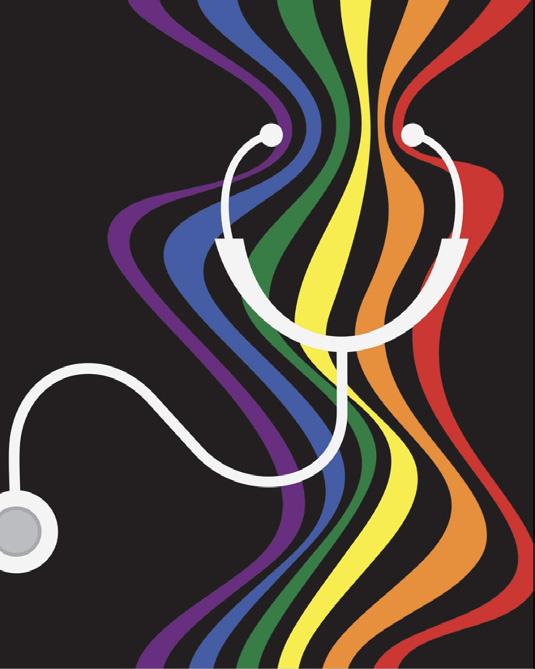

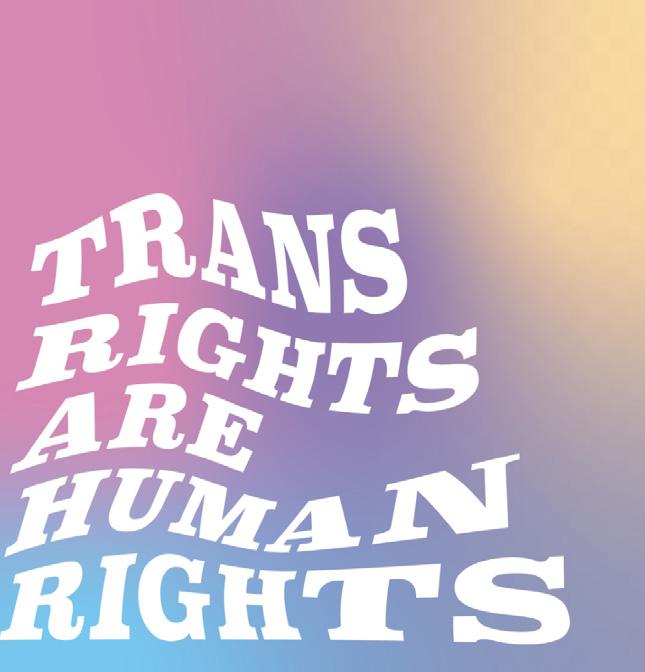
Changing the conversations about gender, sexuality, and queerness in schools will allow the flourishment of queerness and a divergence from the heteronormative standard. The strict ideals present in school curriculum is harmful to queerness and erases the history and experience of people who fit outside of the binary.
If the education system changes in a way that includes queerness, it will have a direct effect on students’ learning and understanding of the social constructions that happen in our society.

This should impact history classes, sex education classes, physical education classes, art classes, science classes, and math classes. Teaching all these classes in a queer way means there will be different ways of discovery and progress. Every class will not be the same structure with different topics. They will have their own structure that breaks away from the binaries that the cis-heteropatriarchy has constructed. Students being able to decide their own path in their education is queer. They get to choose how they show up in the world and where their unique journey will go.

In a study where teachers are taught the importance of changing the narrative of gender affirming conversations from the student to the administration, they state, “Where a pedagogy of exposure can be a productive starting point, it must be followed by continued exploration, dialogue, and change. There is much strength in a culture of conversation. It encourages open and honest communication. It is both personal and relational – in that educators both deeply reflect as well as collaborate to make sense–in this case, of gender and sexual diversity and their roles and responsibilities in creating affirming schools” (Meyer & Leonardi, 459).
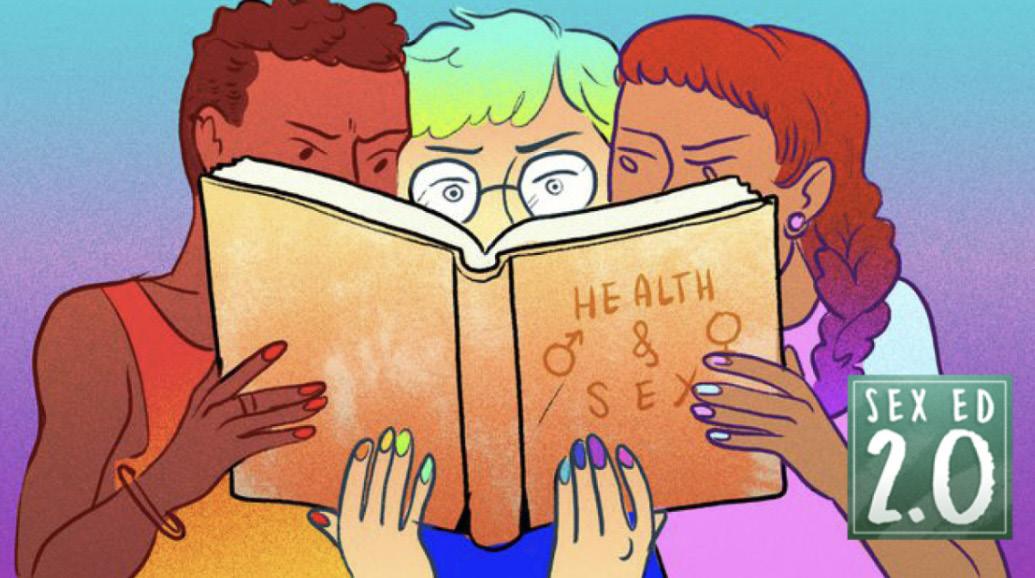
This quote explains the significance of conversation in classrooms that promote change and break away from strict gender binaries. This reading focusing on transgender students and shows how crucial it is to create gender affirming schools so these gender transgressive students do not have to feel like an outsider. If the system is queer, then everyone has a place for their own self journey.
 Elizabeth J. Meyer & Bethy Leonardi (2018) Teachers’ professional learning to affirm transgender, non-binary, and gender-creative youth: experiences and recommendations from the field, Sex Education, 18:4,
Elizabeth J. Meyer & Bethy Leonardi (2018) Teachers’ professional learning to affirm transgender, non-binary, and gender-creative youth: experiences and recommendations from the field, Sex Education, 18:4,
449-463, DOI: 10.1080/14681811.2017.1411254
Queering the Way We See Queerness
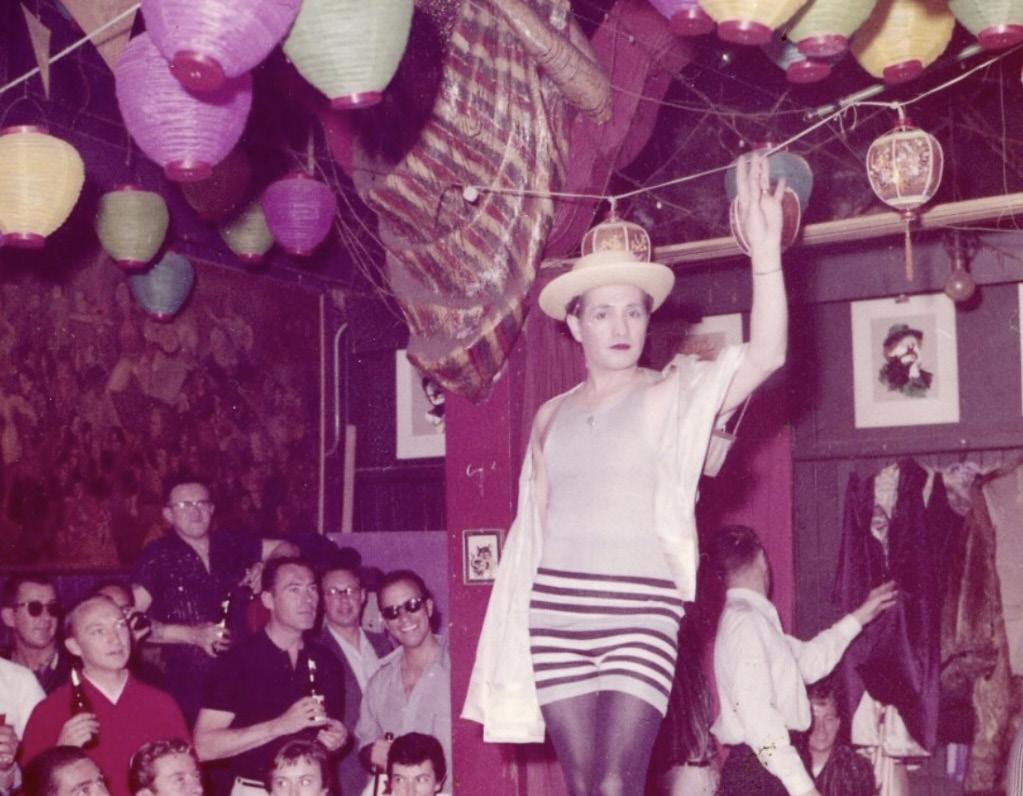
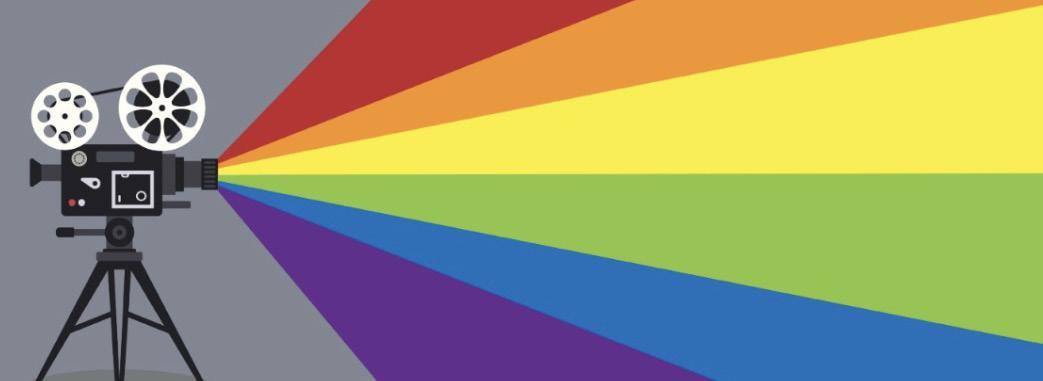
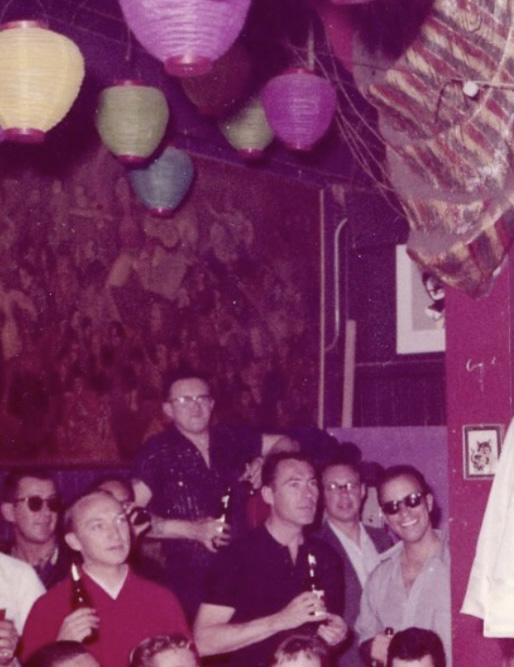
Breaking away from the gay binary is necessary for queering the way we see the world and people. Trying to fit in with the social constructions of heteronormacy only harms the queer community. Fitting in with the standards of society is a constant theme in the history of queer acceptance. This has caused the identity of being queer to morph in an image influenced by heteronormative society. This can be especially difficult for people with intersectional identities. White, upperclass, cisgender people in the LGBTQ community have a major influence on what being queer looks like to people of different races, ethnicity, gender expression, classes, and sexualities. It makes people with a unique position in their multiple identities confuse the way they see themselves.
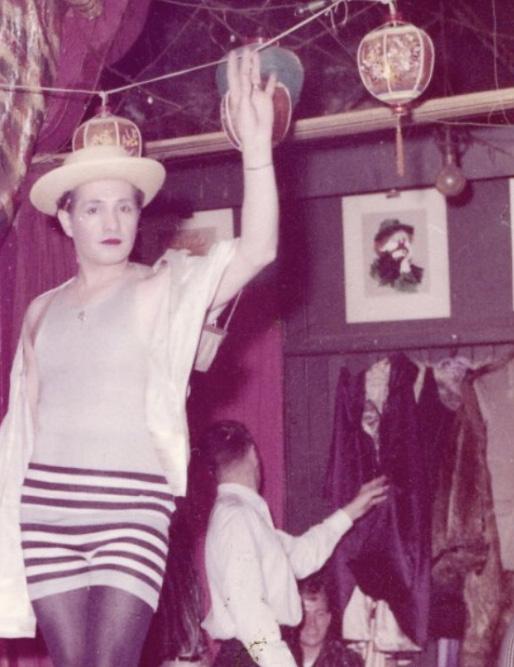
Queerness
In an article called Nobody Passes that explains that mixed race and identity can be harmed when placed in a white cis-hetero-patriarchal society. In the article, a queer mixed race woman states, “Reforming and conforming myself to everyone else’s ideas of what “queer woman of color” meant was the only way I knew how to survive” (Dacumos, 25). The eyes of society, seeing how she was behaving, who she was sexually attracted to, and how she looked, forced her to be the image of a “queer woman of color,” even though her thoughts and identities pushed that image further. This was the only means of survival for her, because of the strict standards of society. There was no community that was fully accepting and understanding of her intersectionality. Changing the way we see queerness, especially for people of color will discontinue the heteronormantivity within the gay community that people with intersectional identities face.
Dacumos, N. (2006). Nobody passes. MATTILDA BERNSTEIN SYCAMORE, from https://www.mattildabernsteinsycamore.com/ nobody-passes
It is crucial to queer the way we see queerness in order for everyone to have their own choice in how they want to present. Fluidity and different ways of expression should be idolized. Freedom to be yourself, freedom of identity, and freedom of breaking away from the binary will create a diversity in the queer community, thus allowing everyone to have a voice.

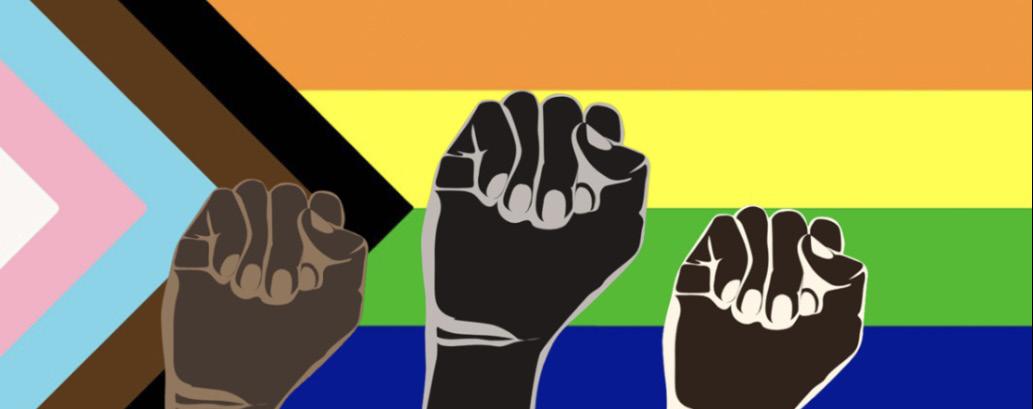


























 Elizabeth J. Meyer & Bethy Leonardi (2018) Teachers’ professional learning to affirm transgender, non-binary, and gender-creative youth: experiences and recommendations from the field, Sex Education, 18:4,
Elizabeth J. Meyer & Bethy Leonardi (2018) Teachers’ professional learning to affirm transgender, non-binary, and gender-creative youth: experiences and recommendations from the field, Sex Education, 18:4,






